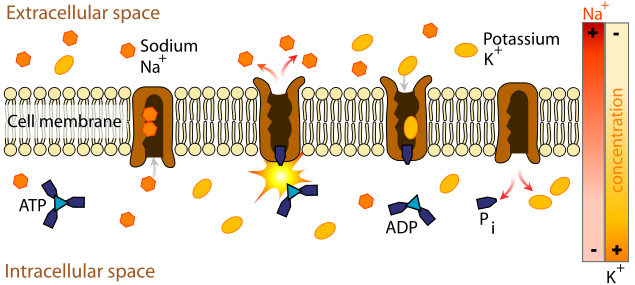Neuromarketing is a field of marketing that involves studying the way people react to marketing techniques and adjusting those techniques to maximize sales and inform the public about a specific product, idea, or campaign. Neuromarketing includes the use of biometric sensors, social studies, and subliminal messaging. While neuromarketing is a relatively new technique, it has been widely implemented in recent years and nearly every marketing agency and medium-large company in the world now uses it.
How Does Neuromarketing Work?
Neuromarketers study the brain’s reaction(s) to certain social triggers. These triggers include appearance, smell, descriptive language (as seen in the food industry), a chain of events or story (as seen in presentations), or associating a celebrity with a specific brand (as seen in the sports, perfume, and clothing industries). Biometric sensors such as MRIs (Magnetic Resonance Imaging) and EEG (electroencephalography) machines are often used to monitor brain activity before, during, and after exposure to neuromarketing techniques. This is done in order to detect what processes led to certain decisions and to determine the part of the brain that implemented those processes. Biometric sensors also use physiological sensors that monitor heart rate, breathing, and skin response.
Neuromarketing itself relies on a neurological process known as “priming.” Priming involves an electrochemical reaction that is set off whenever a topic is first introduced. Priming allows the brain to make an initial connection in order to recall everything that it knows about the specific topic. Once priming is done, new information can be introduced to allow the brain to compare this new information with what it already knows, then make decisive opinions about the topic itself.
Applications
Neuromarketing is most often used to market commercial goods and services. It can also be used in psychological and theoretical applications, as it gauges human reactions to specific topics. For example, neuromarketing has recently been used to gauge neurological response to presidential speeches and movie trailers in order to improve how both are presented to the public.
Advantages
Neuromarketing allows human response to be gauged based on neurological, emotional, and physical reactions, the ability to style presentations, speeches, movies, and commercials to match these responses, and the ability to sway the minds of those being presented with information.
Disadvantages
The main disadvantage of neuromarketing is that there is a lot of work that goes into it. For example, people must be studied before a technique is established. Once a neuromarketing technique is developed, it must be presented in a manner that sways the audience’s mind without disclosing that they are secretly being controlled with near-subliminal messaging. Likewise, neuromarketing does not always work for everyone.




Follow Us!